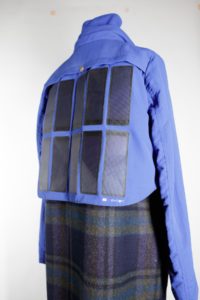By Sohela Suri
Once founders decide to move forward with commercializing a new technology, they will need to choose the business entity they will use to conduct business. Considerations for deciding which business type is best suited to the new entity’s needs and goals include: the number of owners, protection from personal liability, taxation, management structure, and investor considerations. Retaining a legal or tax advisor to review the specific circumstances and make recommendations before making the decision is highly recommended.
There are many resources providing information helpful to understanding the different business entities. For example, the IRS provides a webpage on corporate structures, and the Small Business Administration hosts a business structure web page. NYS Secretary of State Division of Corporations, State Records, and UCC maintains a website with filing information, and a database to search corporations and business entities in NYS.
The laws of each state govern the creation of business entities. Federal securities laws also apply when securities are issued and sold. This article provides information on New York State business entities. The choice of state to file in is another issue a legal advisor can help decide.
Founders Agreements – pre-business entity formation
While a technology is vetted for its commercial prospects, the focus is often not on the type of business entity to be formed. This makes sense because not all technology is suited for commercialization, and not all founders are destined to work together. However, founders are well advised to take steps to protect the ownership of intellectual property and business assets in the event a business entity is formed. The Founder’s Agreement should define the Founder’s respective co-ownership rights in the intellectual property and other business assets.
Business assets include proprietary technical information, intellectual property, market research/customer information, identification of published materials characterizing markets that are relevant to the product or service concept, design and specifications necessary to transform the product concept into a functional product, the creation of a business plan, and agreement on founders’ roles and responsibilities. A founders agreement is made between the founders in their capacities as individuals before a business entity is formed, and preserve ownership of IP and other business assets that are created before a business entity is formed.
The founders actively involved in evaluating the feasibility of the business should address the founders’ co-ownership rights in the business assets regardless of whether the Founders ultimately determine that the business contemplated is feasible and form a business entity.
As long as founders can enter an agreement that all business assets developed will be assigned to whatever business entity is ultimately decided upon, founders agreements can provide time to make a careful business entity decision. With more time comes more information about whether and how the founders will move forward with a business.
Advantages of Business Entities
When a business entity adheres to the organizational structure provided by law the limited partners, shareholders, and/or members’ receive protection against personal liability for business debts. This means the amount of money that limited partners, shareholders, and/or members can lose if anything that goes wrong with the business is limited to what they have invested in the business entity. Where a sole proprietor or a general partner is personally responsible for judgments against it, the assets that are available to an injured party from a limited partner, LLC member, or corporate shareholder is limited to the investment made into the limited partnership, LLC, or corporation.
In addition to limiting liability, business entities provide a legally recognized structure for a number of owners or investors to work together with a prescribed understanding about what the law requires with regard to formation, taxation, management, ownership, and exit strategy.
Corporations
Corporations are legal entities separate and distinct from the individual shareholders who own, manage, and operate the corporation’s business. A corporation works well when there are or are expected to be a number of owners, and the owners intend to seek investment.
A Corporation’s liability for the torts, contracts, and judgements of the directors, officers, and other employees of the corporation are limited to the corporation and do not extend to the individual shareholders beyond their investment. (e.g., the number of shares purchased). An exception to the veil of protection afforded by the corporate entity is if shareholders do not follow corporate formalities or intentionally undercapitalize a corporation. Shareholders are then said to have “pierced the corporate veil” such that they may be held liable as individuals.
Corporations are governed on a state-by-state basis, and so are created, managed, and dissolved according to the laws of the State with which it filed. In NYS a corporation is formed by filing Articles of Incorporation with the Secretary of State. A board of directors manages a corporation, which is composed of individuals elected by the shareholders. The board delegates daily responsibilities to others.
With respect to taxation, standard “C” corporation profits are taxed both as part of the corporation’s income tax, and when the shareholders are taxed following a distribution of profits. Corporations can opt to elect to be subject to a “flow-through” tax scheme, whereby the separate legal entity of the corporation is not taxed. These are referenced as Subchapter S corporations based on the federal internal revenue code authorizing them. The caveat is that the corporation must meet certain requirements: 100 or fewer shareholders, all shareholders must be natural persons, and there can only be one class of stock. S corps are not recommended if the corporation is seeking venture capital because it limits stock to just one class.
Exit strategies for shareholders in corporations are relatively uncomplicated because owners can simply sell their shares. However, the cost to dissolve a corporation is relatively high compared to other business entities.
General Partnerships
There are two types of partnerships: general and limited. In a general partnership, the two or more partners – either individuals or business entities – agree to establish and run a business in accordance with a partnership agreement. General partnerships, unlike corporations and LLCs, do not need to be registered with the state or any administrative body. (A limited partnership does need to register.) Although partnerships operate under a partnership agreement between the partners, each partner is responsible for all of the liabilities of the partnership.
General partnerships have flow through taxation so that the tax liability flows through the entity to the partners. The partners claim gains, losses, credits, deductions, etc. on their personal tax returns with the federal government. In New York, the partnership’s income passes to the partners who pay taxes on their individual or franchise tax returns. There are certain instances in New York where partnerships are required to file a separate return for the partnership itself, but that process is not the norm.
General partnerships are fully governed by the underlying partnership agreement. They often involve joint management and ownership, unless some special provisions are put into the operating agreement splitting up responsibilities and stakes in assets of the partnership. Under this structure no one person is the sole owner, since partnerships require at least two people or entities. This entity has the greatest personal liability and least flexibility in structure of the business. Exiting a general partnership can be expensive although less expensive than dissolving a corporation.
General partnerships are easily established by two or more individuals, who co-own the unincorporated business. The partners share in the profits and responsibilities of managing the business, and equally share the losses and liabilities. When one partner dies, goes bankrupt, or withdraws from the partnership, the result is usually one partner buying out the other.
Limited Partnerships
A limited partnership is formally created when at least one general partner and at least one limited partner file a certificate with the Secretary of State. Authorization for a limited partnership is found in § 91of the NYS Partnership Law. The contributions of a limited partner may be cash or other property, but not services. General and Limited partners are treated differently, general partners have unlimited personal liability for all obligations of the business, and limited partners have limited liability, and do not control the business. When a general partner dies, goes bankrupt, or withdraws, the limited partnership is dissolved. By contrast, when a limited partner dies, goes bankrupt, or withdraws, the partnership is not affected.
Limited Liability Companies
A Limited Liability Company (LLC) is an unincorporated business of one or more people who have limited liability for the contractual obligations and liabilities of the business. The owners are referenced as members. Members can be individuals and/or other legal entities such as a corporation or partnership. Limited Liability Companies are governed by the NYS Limited Liability Company Law and combines the limited liability protection of a corporation with the flexibility of a partnership. Its’ business structure can utilize pass-through taxation. The LLC is a frequent option for startup companies.
The formation of an LLC in New York State requires filing Articles of Organization and a Certificate of Publication of the names of the partners with the Secretary of State. An Operating Agreement, which is an internal document, establishes the rights, powers, duties, liabilities, and obligations of the members between themselves and with respect to the LLC.
The operating agreement specifies what each member is obligated to perform for example, one partner may complete manufacturing, another marketing, and a third technology development, and IP prosecution and ownership.
In terms of taxation, the IRS treats LLC’s as either a partnership or corporation. The LLC format is favored on an operating level because it limits liability but allows for the benefits of general partnerships. LLCs have relatively simple management and ownership arrangements compared with corporations. LLCs have underlying operating agreements which dictate the terms of the LLC’s operations and which defines the relationships between the members. Dissolving an LLC is not complicated, but does require a filing. It is not as expensive as dissolving a corporation. The members can choose the date on which the LLC ceases to exist and can pre-set a date in their operating agreement on which the LLCs cease.


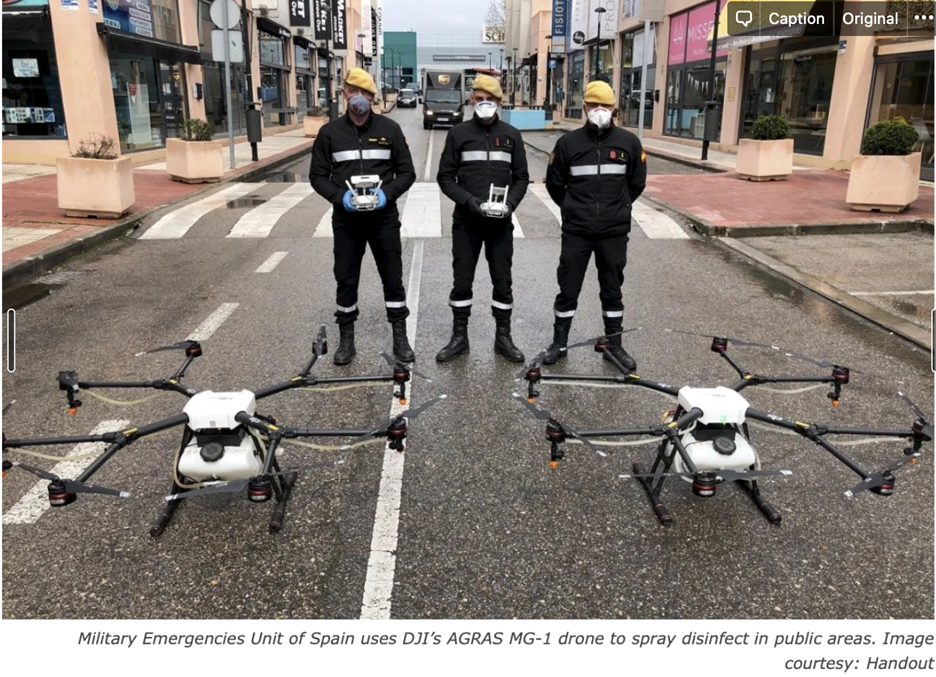
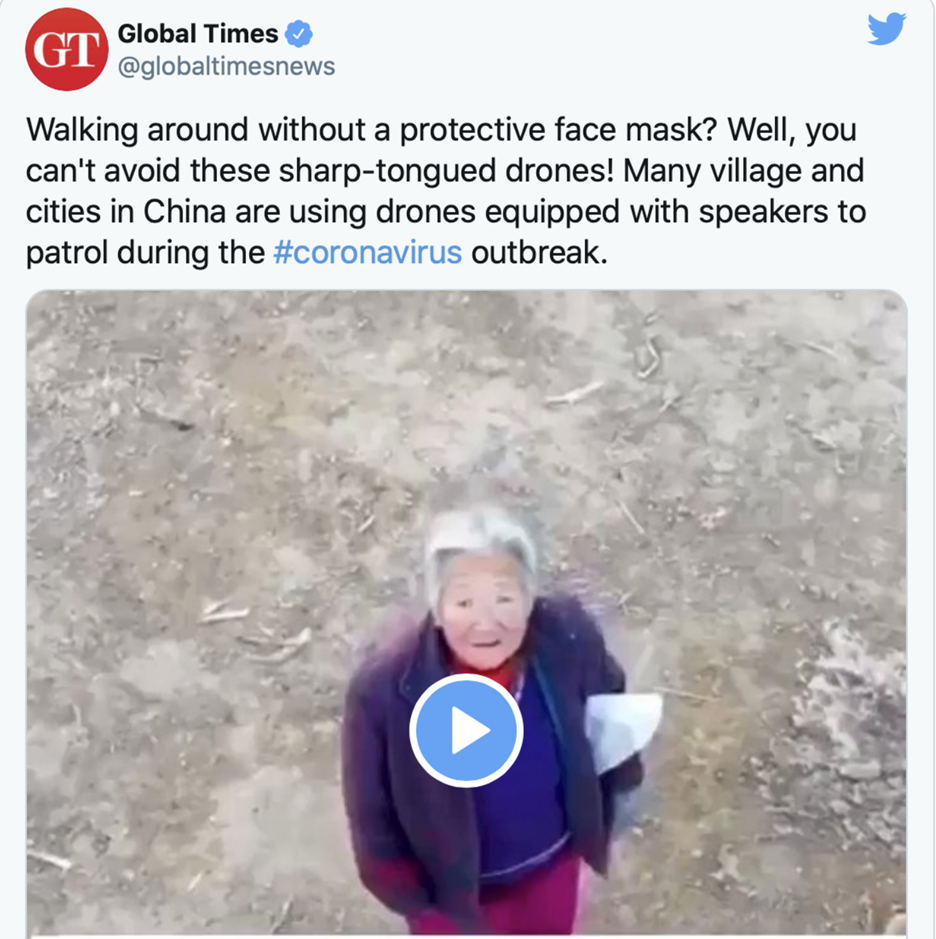

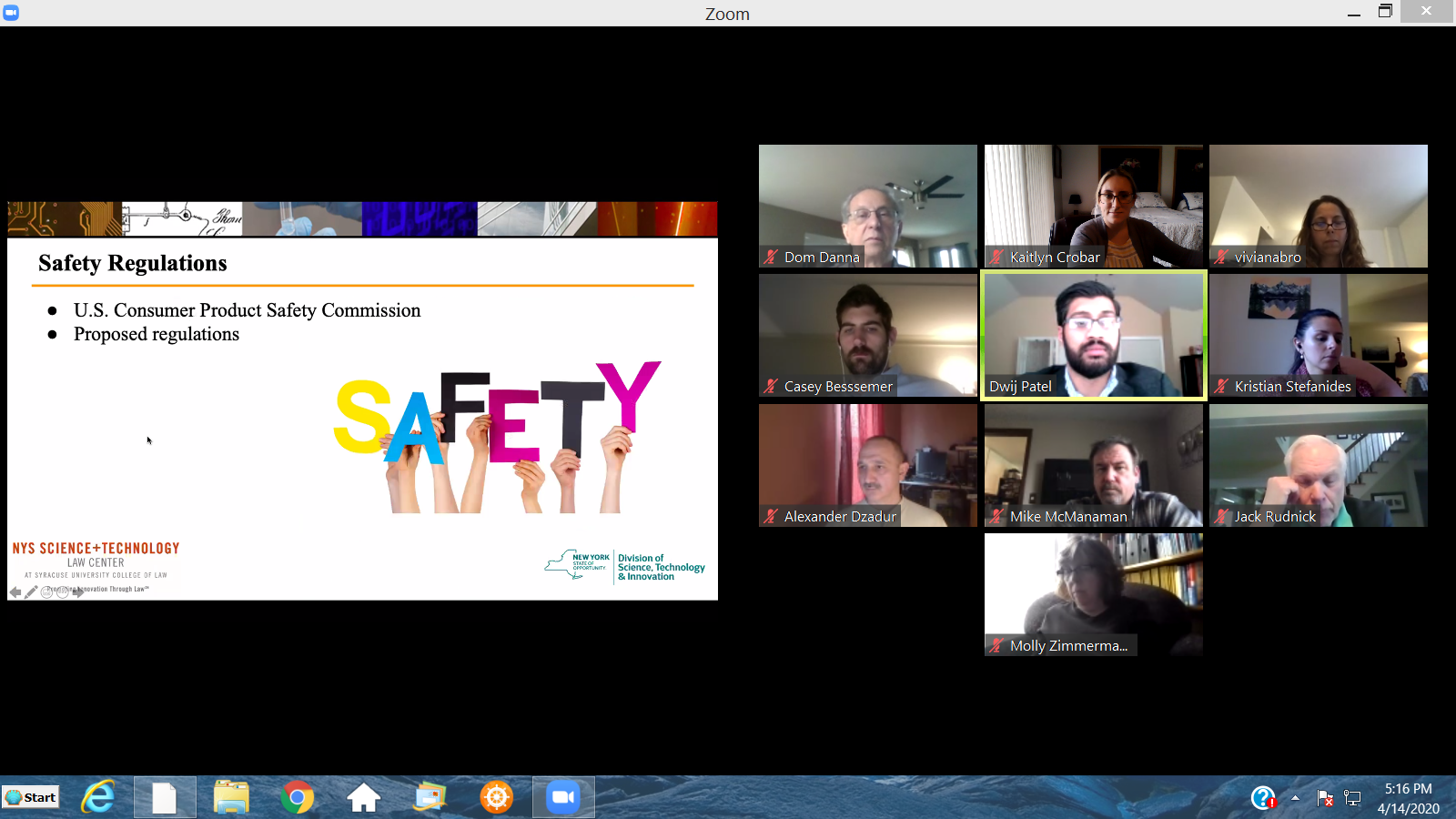
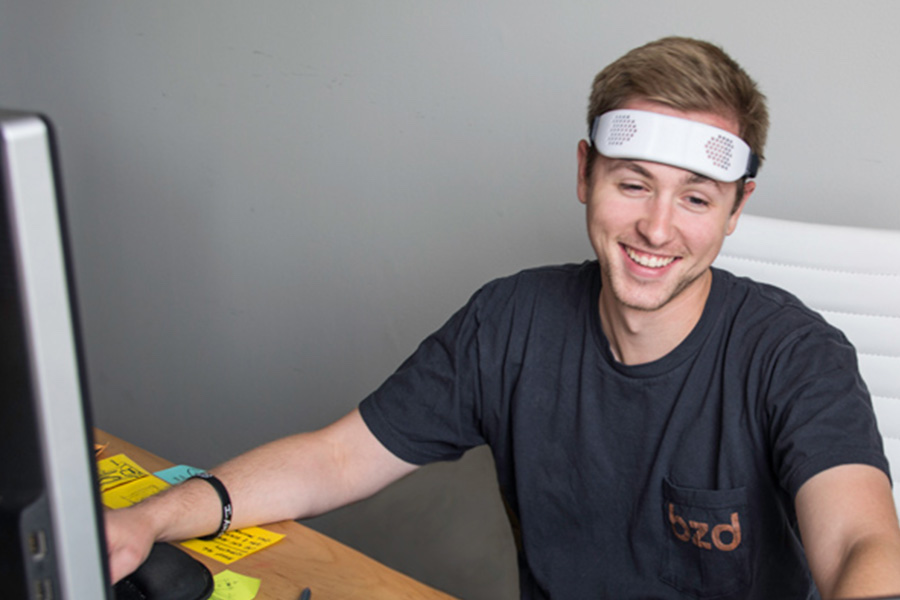
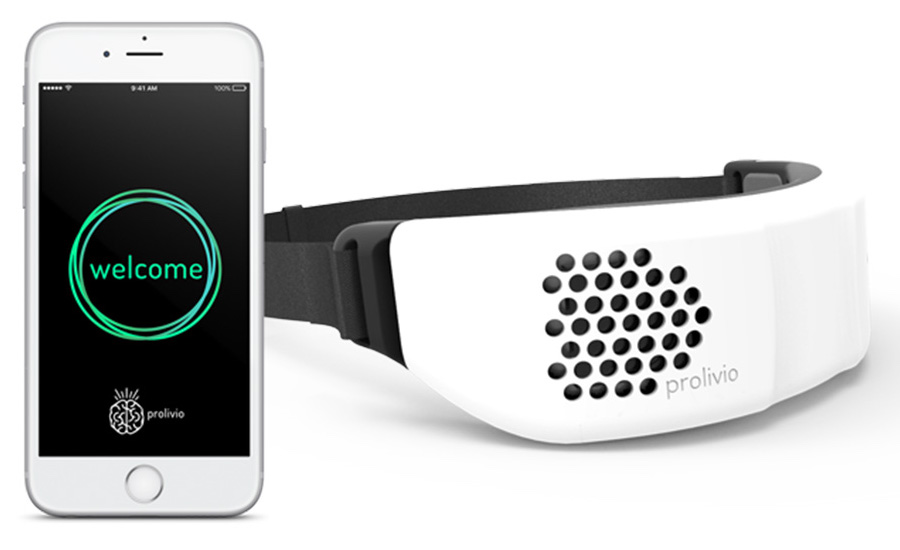
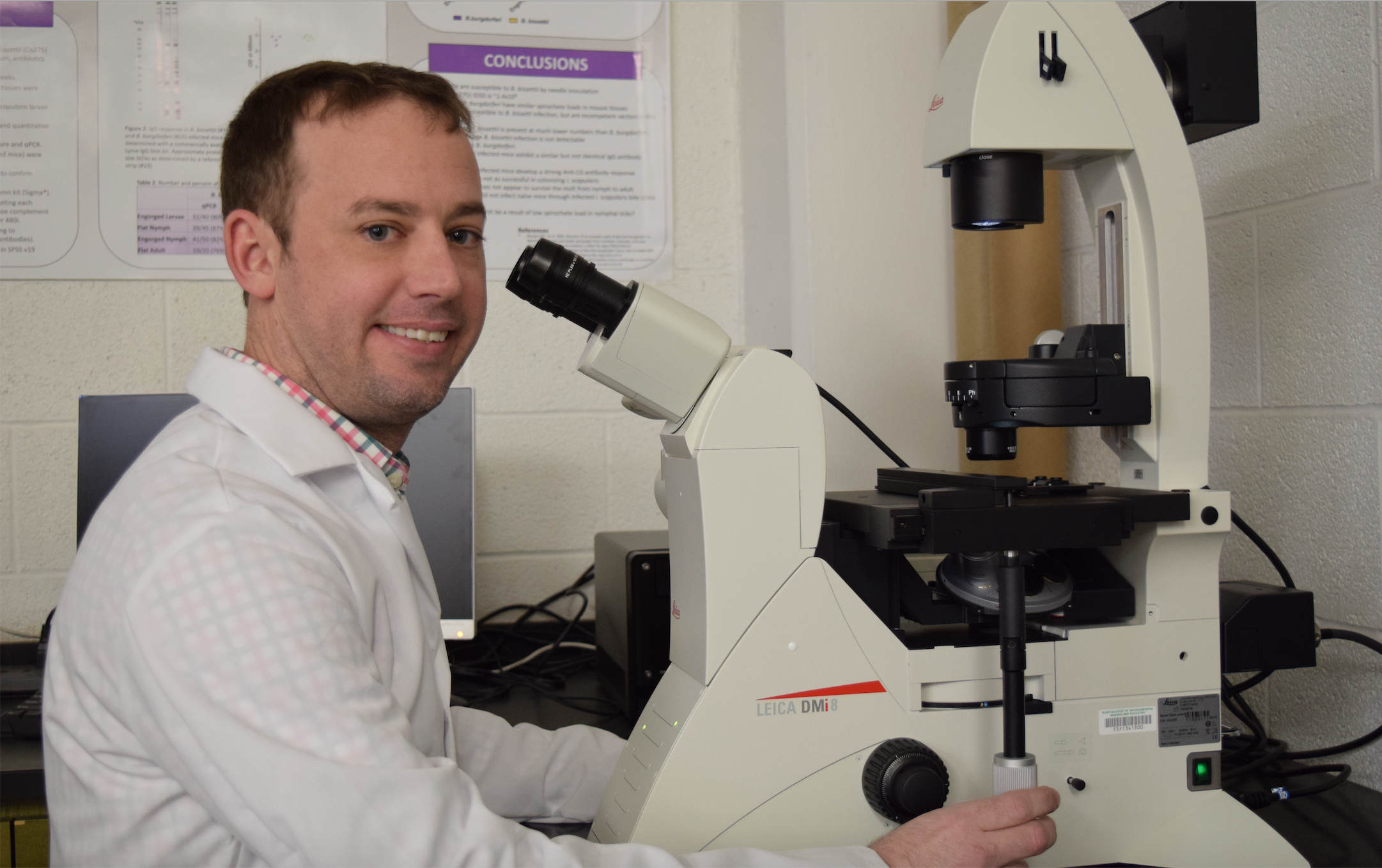
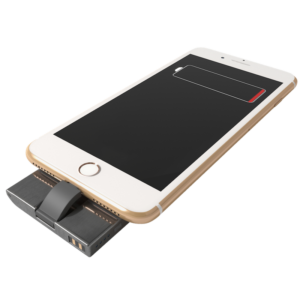 It’s a frustration many can relate to. You’re on the go with your smartphone, juggling business and personal calls and texts, when you suddenly realize you’re low on power. No worries. Just dip into a friendly café with your charger and power up while you are getting coffee’d up. So you reach into your bag for the charging cable …
It’s a frustration many can relate to. You’re on the go with your smartphone, juggling business and personal calls and texts, when you suddenly realize you’re low on power. No worries. Just dip into a friendly café with your charger and power up while you are getting coffee’d up. So you reach into your bag for the charging cable … How did you discover the NYSSTLC/Innovation Law Center and the services it provides businesses and entrepreneurs?
How did you discover the NYSSTLC/Innovation Law Center and the services it provides businesses and entrepreneurs?
